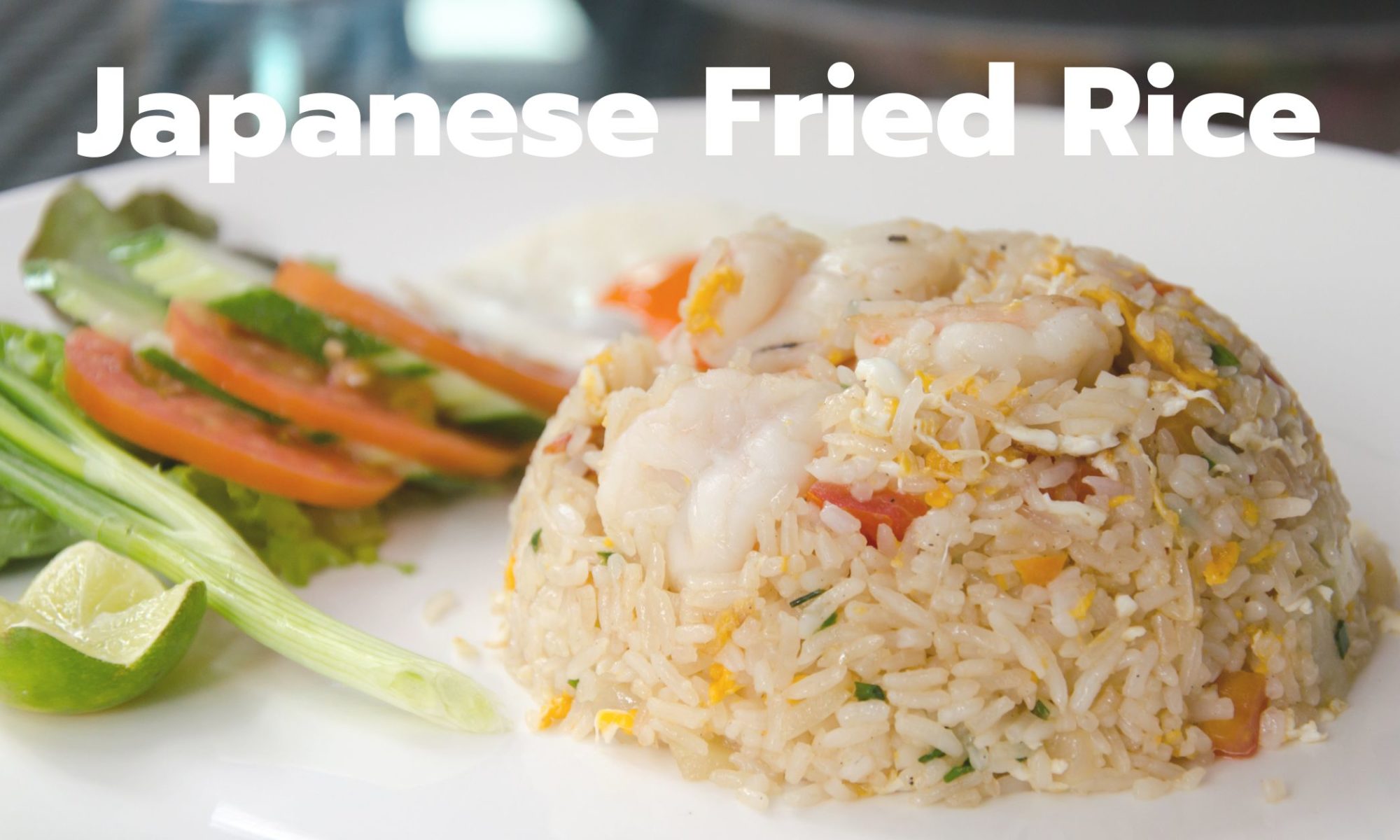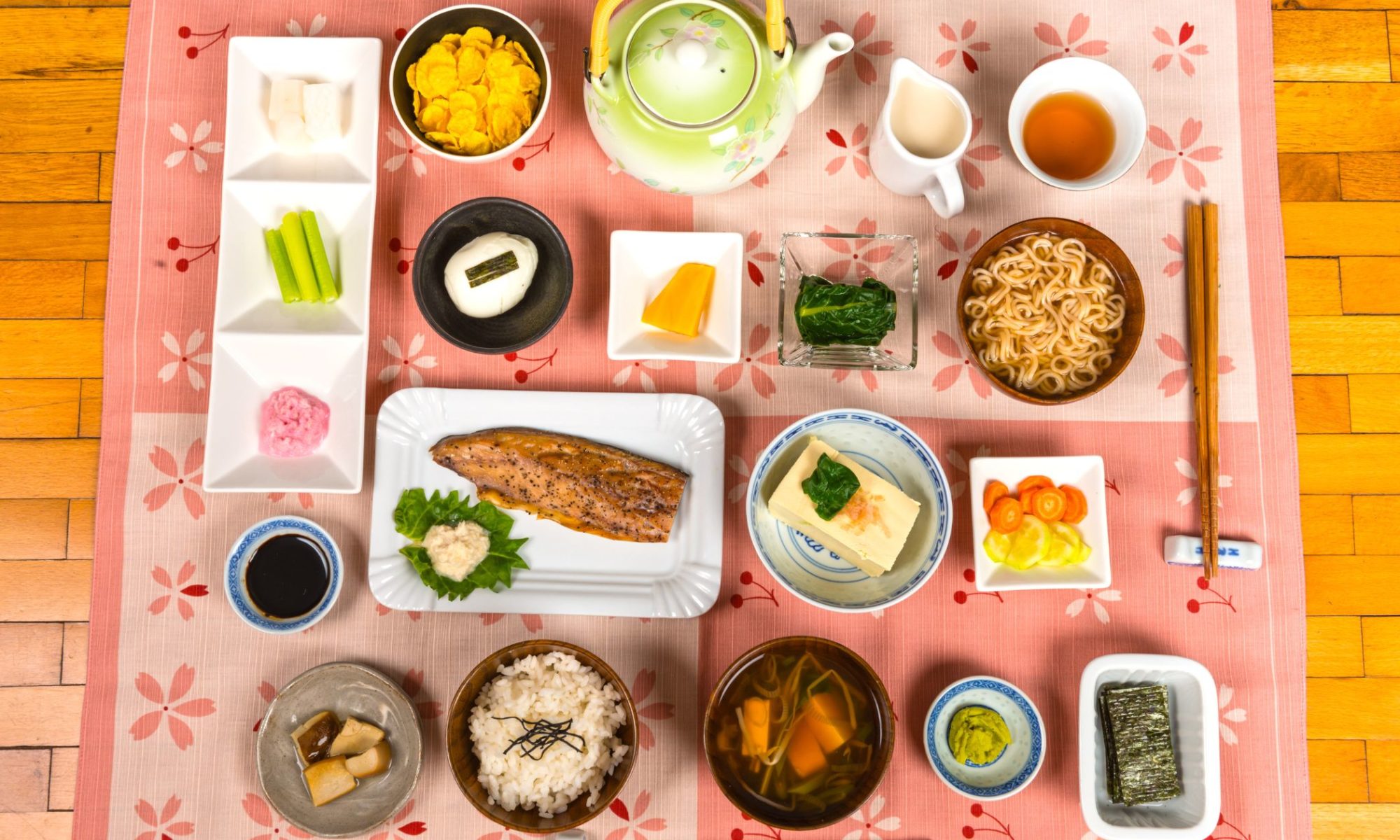Are you a fan of Japanese cuisine? If so, you’ve probably come across a popular dish called Japanese omelette, also known as Tamagoyaki. This delightful egg dish is not only visually appealing but also incredibly tasty. In this article, we will guide you through the art of making a Japanese omelette in your own kitchen. So put on your apron and get ready to explore the secrets of this mouthwatering Japanese delicacy.
Japanese cuisine is renowned for its elegance, simplicity, and attention to detail. The Japanese omelette, or Tamagoyaki, perfectly embodies these qualities. With its delicate layers and balanced flavors, this dish has become a staple in Japanese households and restaurants worldwide.
How to Make a Japanese Omelette:
Gathering the Ingredients
To create a delicious Japanese omelette, you will need the following ingredients:
- 4 large eggs
- 2 tablespoons of soy sauce
- 1 tablespoon of mirin (sweet rice wine)
- 1 teaspoon of sugar
- Salt, to taste
- Cooking oil
Preparing the Egg Mixture
In a mixing bowl, crack the eggs and whisk them together until well beaten. Add the soy sauce, mirin, sugar, and a pinch of salt to the bowl. Continue whisking until all the ingredients are thoroughly combined. The resulting mixture should have a uniform and slightly sweet taste.
Mastering the Art of Rolling
To achieve the distinct layered texture of a Japanese omelette, a special rolling technique is employed. Here’s how you can master this technique:
- Heat a rectangular or square-shaped Tamagoyaki pan over medium heat and lightly grease it with cooking oil.
- Pour a thin layer of the egg mixture into the pan, just enough to cover the bottom.
- Once the layer starts to set, gently roll it toward the far end of the pan using chopsticks or a spatula.
- Push the rolled layer back to the starting edge of the pan, creating space for the next layer of the egg mixture.
- Pour another thin layer of the mixture into the pan, ensuring it flows under the rolled layer.
- Repeat the rolling and layering process until all the egg mixture is used.
- Cook the omelette until it is lightly browned on all sides and has a firm yet tender texture.
Enhancing the Flavor with Fillings
While a traditional Japanese omelette is delicious on its own, you can take it to the next level by adding fillings. Some popular options include:
- Sliced scallions
- Cooked shrimp
- Mushrooms
- Cheese
- Spinach
Simply place your desired fillings on top of each layer as you roll the omelette. The fillings will become an integral part of the final dish, adding a burst of flavor and texture.
Serving and Presentation
Once your Japanese omelette is cooked to perfection, it’s time to serve and savor its delightful taste. Here are some tips for an appealing presentation:
- Allow the omelette to cool slightly before slicing it into bite-sized pieces.
- Arrange the slices on a plate, creating an attractive pattern with alternating layers.
- Garnish the omelette with a sprinkle of sesame seeds, chopped scallions, or a drizzle of soy sauce for an extra touch of flavor.
- Pair it with steamed rice, miso soup, and a side salad to create a complete Japanese meal experience.
Tips for Success: Common Mistakes to Avoid
To ensure your Japanese omelette turns out perfectly every time, keep these tips in mind:
- Use a non-stick pan or a well-seasoned Tamagoyaki pan to prevent sticking.
- Control the heat carefully to avoid burning the omelette while still ensuring proper cooking.
- Keep the layers thin for an even distribution of flavors and a tender texture.
- Practice patience and precision during the rolling process to achieve distinct layers.
Exploring Variations: Sweet and Savory Tamagoyaki
While the classic Japanese omelette is savory, there are also sweet variations that you can enjoy as a dessert or a sweet snack. To make a sweet Tamagoyaki, simply replace the soy sauce and mirin with a sweetener of your choice, such as honey or maple syrup. You can even add a sprinkle of cinnamon for a warm and comforting flavor.
Also Read: Mastering the Art of Japanese Snack Food: A Step-by-Step Guide
Conclusion
Making a Japanese omelette, or Tamagoyaki, is a delightful culinary adventure that brings the flavors of Japan to your kitchen. With its distinctive layers, savory taste, and endless possibilities for customization, this dish is sure to impress your family and friends. So why wait? Grab your ingredients, follow our guide, and embark on a journey of culinary excellence.








